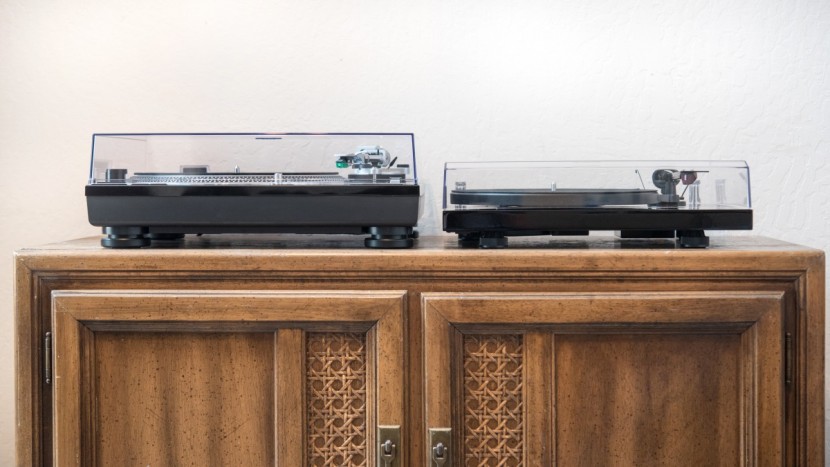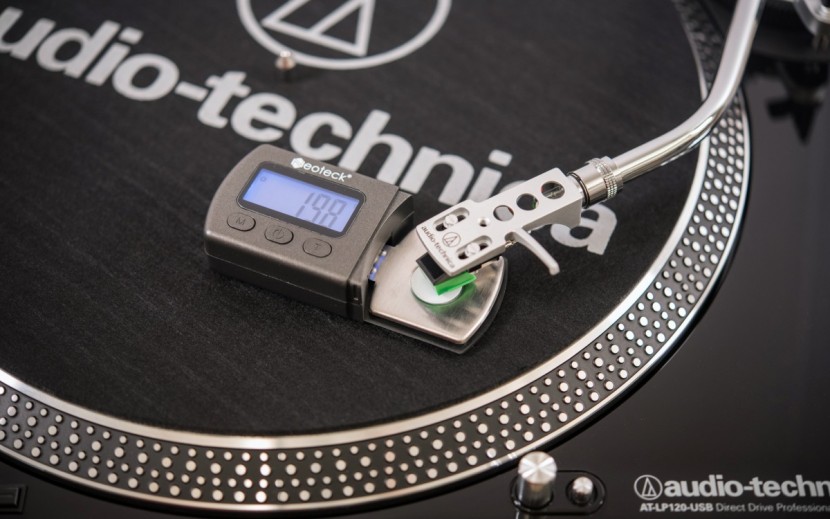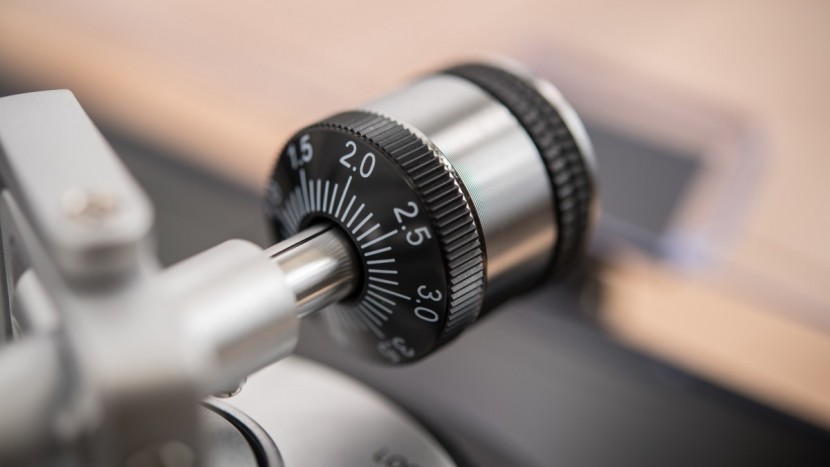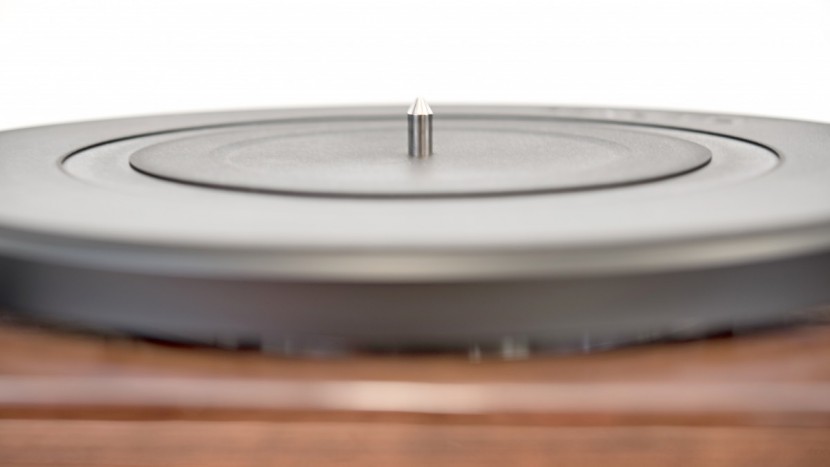Listening to vinyl is all about the experience, so in testing record players we focused on all of the different things that will affect your listening experience. The most important factor is obviously sound quality but there are a few less conspicuous things that can really make or break the vinyl experience. Since having an important component wear out or break can unexpectedly put your record player out of commission, we closely investigated component quality. We also tested vibration resistance, as a record player that skips every time you get the urge to dance can be a real buzzkill. Finally, we thoroughly tested overall user friendliness, because being nervous you're going to set the tonearm incorrectly and ruin your shiny new record is not the frame of mind you want to be in when trying to relax and listen to your favorite album.
Sound Quality
When testing sound quality, we first ensured that every record player was set up perfectly. This mostly involved using a tracking force gauge to make sure every tonearm was correctly balanced and that the needle was applying just the right amount of pressure to the record. We also used two identical sets of speakers that allowed us to listen to one player right after the other to get a true side-by-side comparison. Since records generally don't excel at producing very high and very low notes, we focused our sound quality scoring on the overall clarity of the music and its dynamic range, which refers to the difference in volume between the loudest and quietest notes played. Better dynamic range adds much more depth to music. As a final test we listened to each player and then immediately listened to the same track as an mp3 using the same set of speakers. This allowed us to determine if fans of vinyl sound would hear a noticeable improvement over mp3 quality sound.
Component Quality
To test component quality we focused both on the things most likely to break, and the things most likely to affect sound quality. For each record player we awarded a quality score for the platter, tonearm, and drive, as well as an overall build quality score. All of the component quality evaluations were conducted by our in-house mechanical engineers.
User Friendliness
In our user friendliness testing we had multiple testers use every piece of each record player, and then grade the level or lack of difficulty for each. The tasks included: changing the drive speed, adjusting the pitch, adjusting the tracking force, and cueing the needle onto the record. Our testers ranged from total vinyl newbies to people with entire bookshelves devoted to records, so we got both the beginner and veteran perspective.
Vibration Resistance
You really don't want an impromptu dance party to cause your record player to skip all over the place. We used two tests to determine vibration resistance. The first was gently shaking the table the record players sat on. This, surprisingly, produced no skipping in any of the players we tested. We then moved on to a bump the table test. For this we walked into and bumped the table at varying speeds. This test not only produced bruises on our hips, but revealed that some players can handle much more rattling than others.




